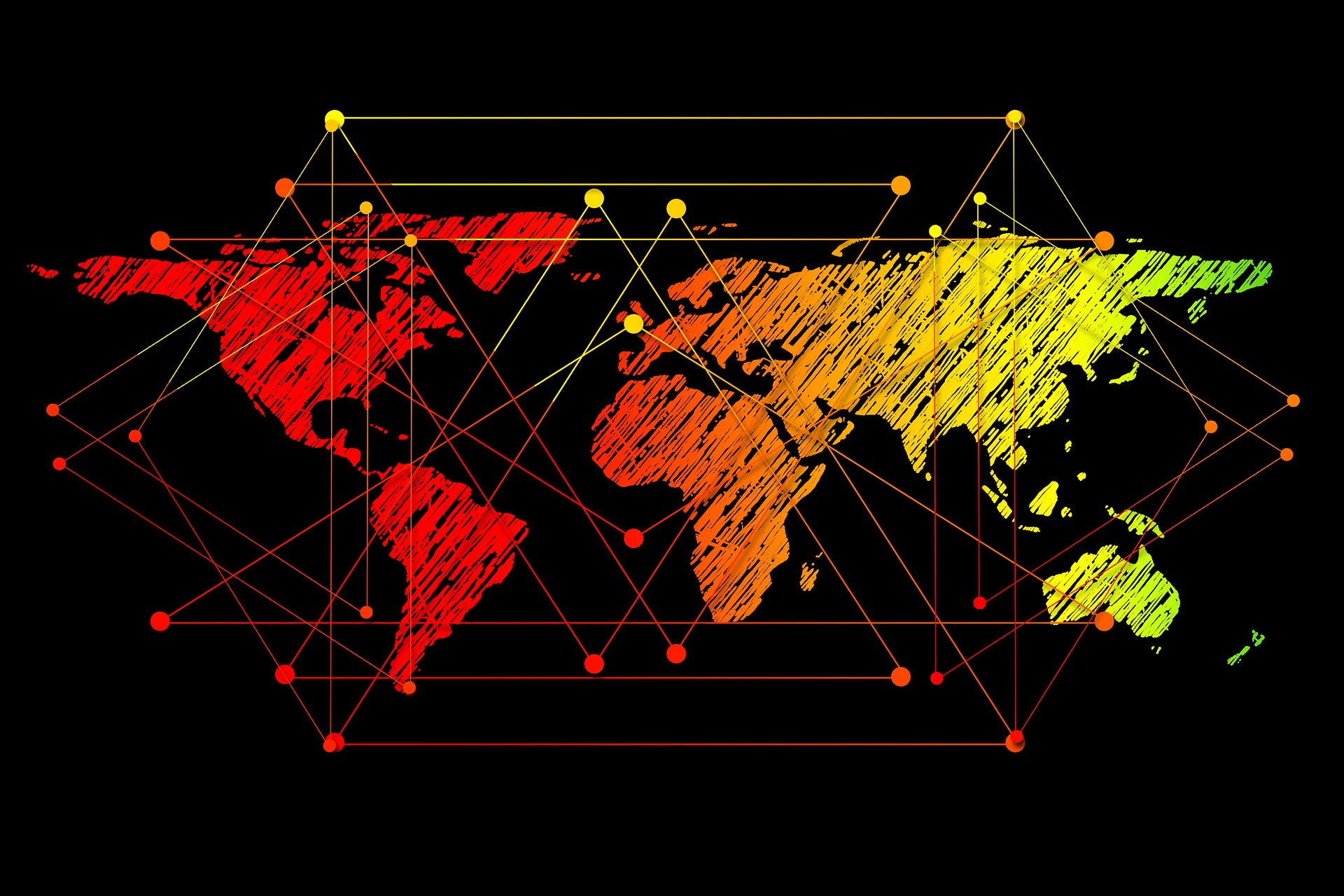WHY FSDK?
6 POWERFUL REASONS TO CHOOSE THE FSDK
The central elements of the FSDK are software components, which promote the idea of reuse: the platform is designed to create limitless combinations of both ready-made and bespoke software components, similar to constructing with building blocks. This means you can develop your spacecraft flight software significantly faster and with greater reliability – whether it’s a single nano-satellite or a large constellation.
Reduced time to market
Our component library covers most basic flight software functionality and allows you to focus on the unique parts of your space mission, helping you to significantly reduce development time.
Read more in our blogReduced risk
Our heavily-tested components come pre-validated with extensive flight heritage, reducing the risk of failure and giving you a peace of mind.
Read more in our blogSupports unique missions
The component-based architecture means that your software can be quickly and easily supplemented with new components to support additional capabilities, tailored to your unique and specific space mission.
Browse our case studiesScalability
As your space system grows, the existing FSDK components can be quickly swapped in and out to adapt to new missions, meaning that you won’t have to re-design your software from scratch, even if your hardware changes.
Browse our blogAllows for multiple vendors
The FSDK allows you to use multiple hardware vendors, even within a single constellation, which means you can choose the most appropriate and cost-effective option for your space mission.
Read more in our blogEase of use and support
The FSDK does not require specialist skills, thanks to its inherent simplicity and ease of use, coupled with a full year of support and maintenance, including training to get you started.
Browse our FAQsTECHNICAL INFO
HOW IT WORKS
Learn more about how exactly the FSDK works, its capabilities and design.
Filesize:692KB
an extensive library of pre-validated components covering all space mission needs and developed to a strict coding standard for mission-critical software
a lightweight framework which promotes portability and modularity, allowing individual layers to be modified or substituted without impacting layers above and below
tooling to support component development, software integration and testing, which helps guide engineers through the process rapidly, promoting an agile and iterative approach
SERVICES
NEED MORE HELP?
We offer a wide of range of services to assist spacecraft owners, developers and integrators with flight, ground or entire end-to-end mission solutions. Whether you need a complete turn-key solution, mentoring support or bespoke components – we are here to help.
View Services




